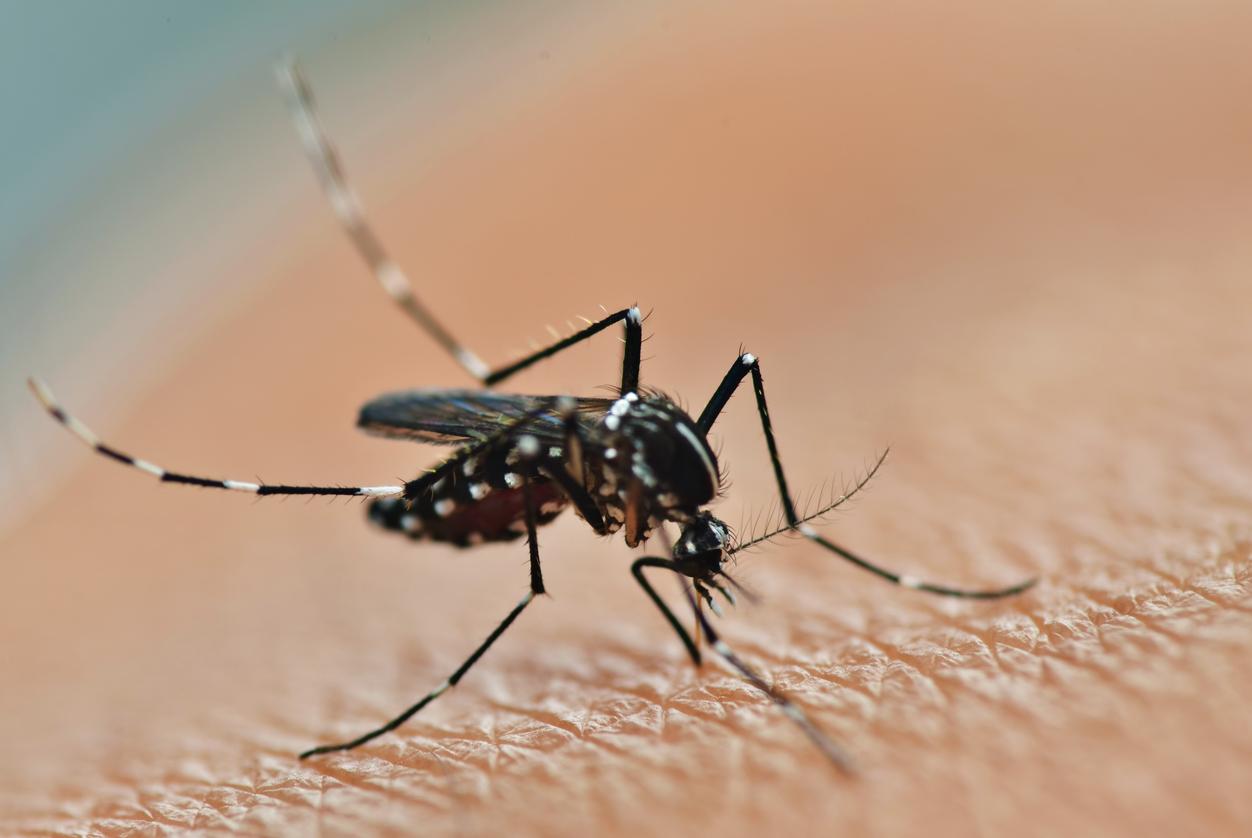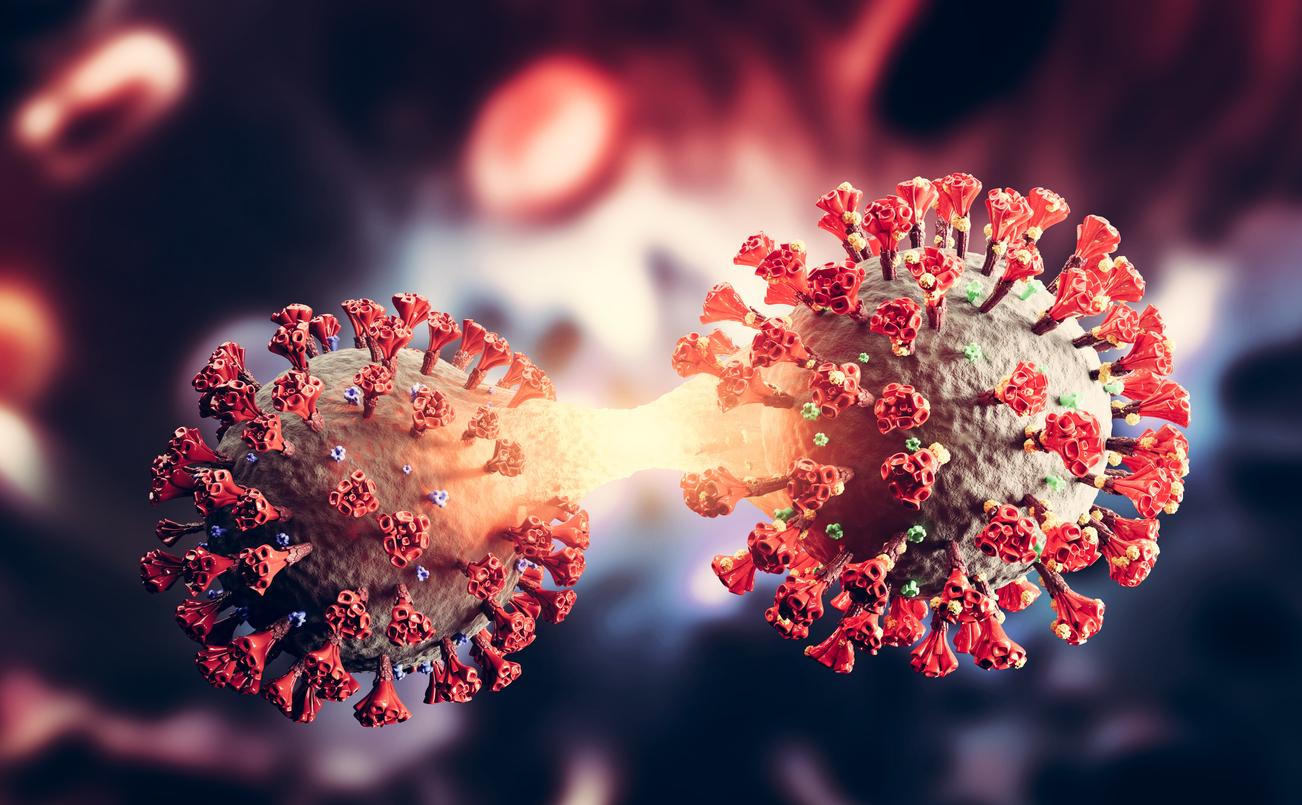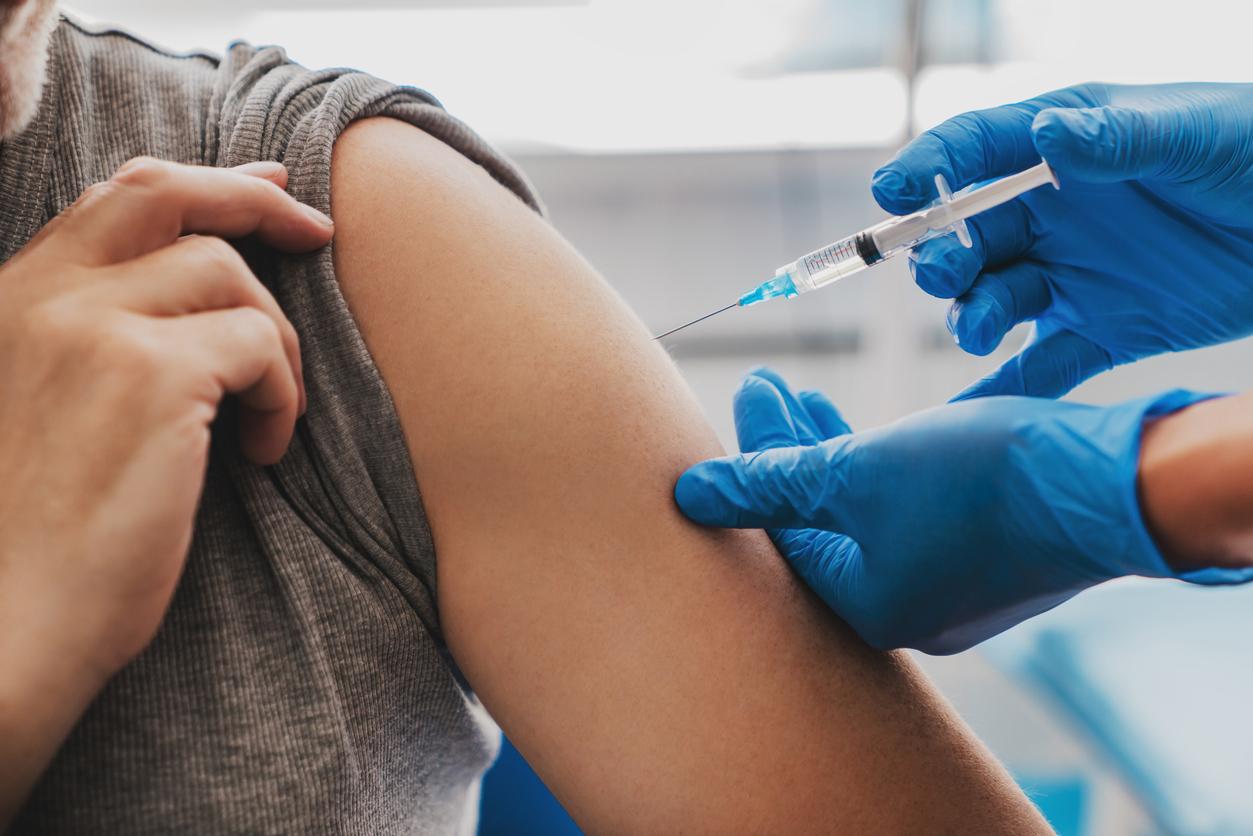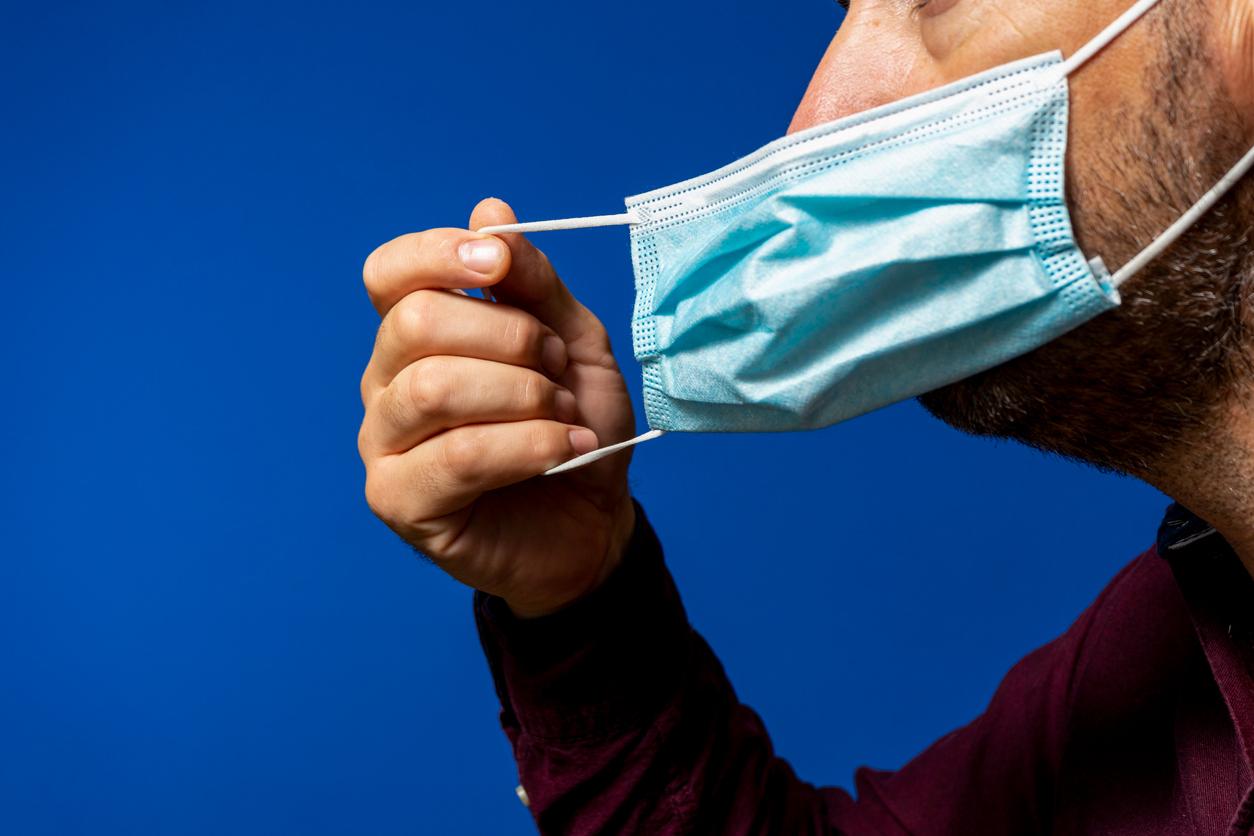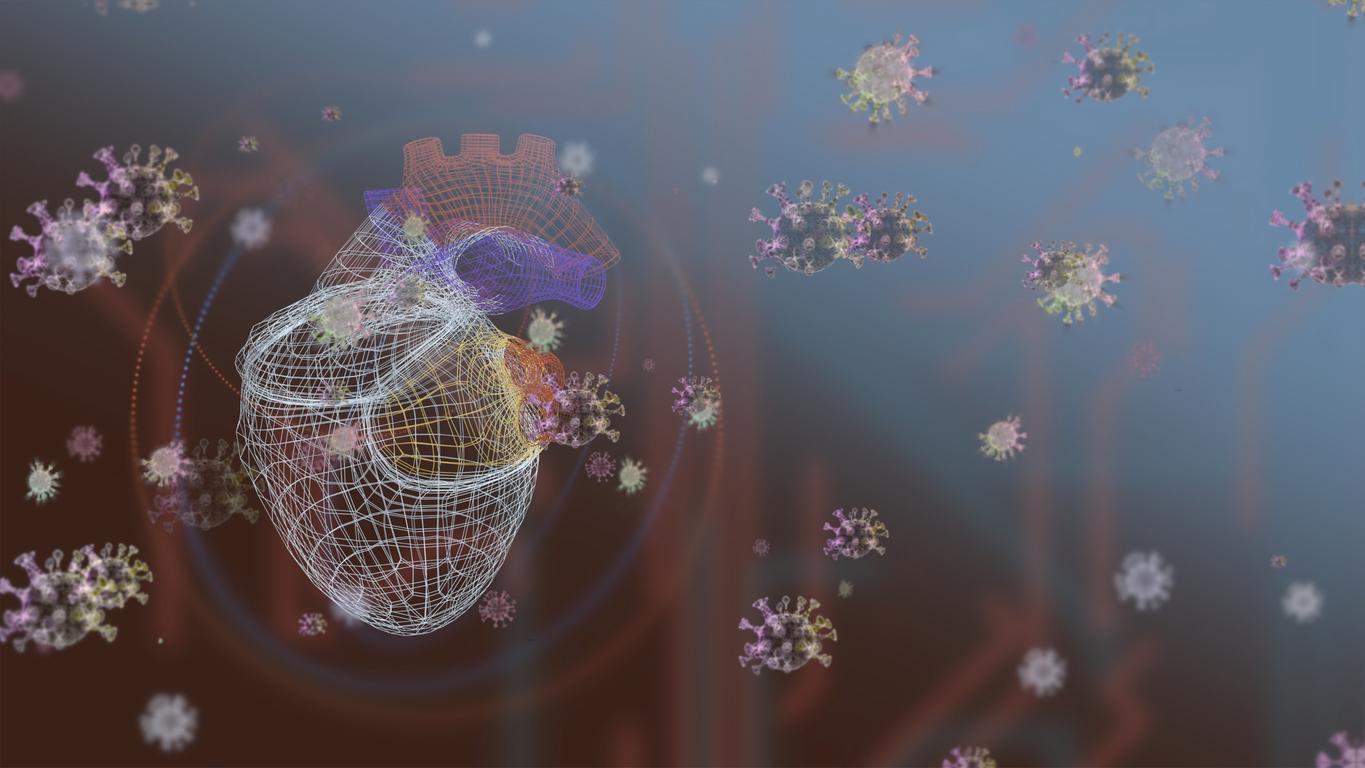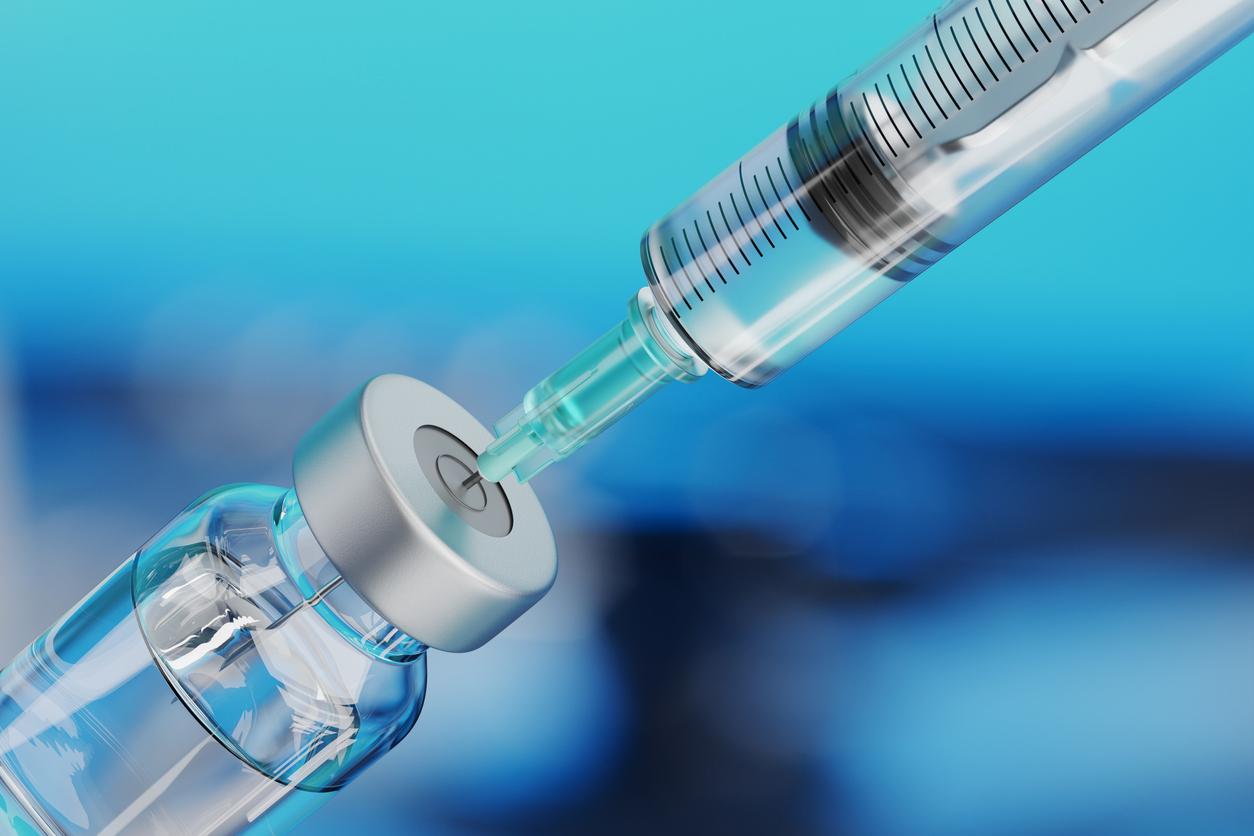The Obépine network, which measures the circulation of the virus according to the presence of its genome in wastewater, has noted a decrease since the end of March in Île-de-France. On the other hand, on the side of Marseille and Aix-en-Provence, the trend is on the rise.
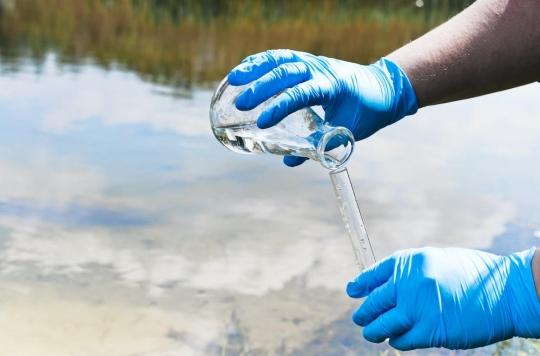
- The downward trend is observed in Île-de-France, in the East or even in the North, but the levels of circulation of the virus remain high.
- In Marseille and Aix-en-Provence, the trend is on the rise.
- The virus is present in wastewater 5-7 days after infection.
Traces of SARS-CoV-2 in wastewater have provided a good indicator for measuring the circulation of the virus since the start of the epidemic. “For more than a year, more than 150 wastewater treatment plants have been put under surveillanceadvances Vincent Maréchal, professor of virology at the University of the Sorbonne and co-founder of the Epidemiological Observatory in wastewater (Obépine). The presence of the viral genome in the wastewater is quantified. In symptomatic and asymptomatic people, the virus is found in the digestive tract before going into the stool. So by following the treatment plants, we have an idea of the circulation of the virus.”
A break in slope but levels that remain high
The latest readings are generally encouraging. In Île-de-France, the trend is towards a decrease in the circulation of the virus. “On the six wastewater treatment plants in the Region, we observe a change in trendreveals Vincent Maréchal. On three of these stations, which are independent of each other, there has been a break in slope since the week of March 22. This is only the beginning but the next samples should confirm this trend.” These signals, he adds, correlate quite well with epidemiological data from the past few weeks.
While there is indeed a downward trend, traffic levels remain very high,”of the order of the peak observed during the second wave during the months of October and November“, says the professor. A dynamic that can be observed in other places in France, especially in the North. “We see that in Lille and Dunkirk, there is also a break in the slope and the increases have stopped since April 1explains Vincent Maréchal. In Nice or Cannes, the situation is also improving. In eastern France, levels remain very high but have stabilized.” On the side of Marseille and Aix-en-Provence, on the other hand, the circulation of the virus seems to be intensifying. On the site Obthornwhich makes its data publicly available, lower levels are observed in western Canada.
Virus present in sewage 5-7 days after infection
To explain the reasons for this trend, the professor of virology points to several factors. “First, there are the effects of the measures that have been takenhe notes. Depending on their intensity, the results are more or less strong.” Next, he turns to the psychological effects of ads. “When a territory is designated as problematic, there is undoubtedly an awareness of better applying barrier gestures”, he offers.
These results make it possible to have an inventory close to the reality of the circulation of the virus. “In Île-de-France, the second wave was detected at the end of June 2020, before the other epidemiological indicators“says Vincent Maréchal. He estimates, based on studies carried out on the subject, that the detection of the virus in wastewater appears between 5 and 7 days after a person has been infected. “Obépine remains a research tool so it may be imperfect”, he tempers. The results are taken very seriously by the government and the health authorities with whom it shares the data collected before making them public on its website.

.










